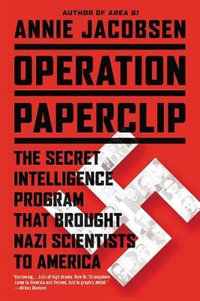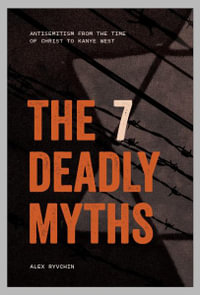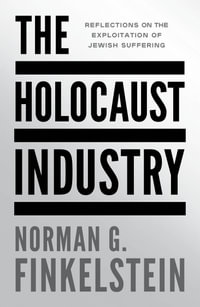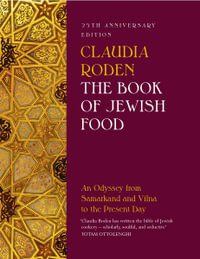The Holocaust took place far from the United States and involved few Americans, yet rather than receding, this event has assumed a greater significance in the American consciousness with the passage of time. In the depths of the 1940s and 1950s, when the term Holocaust as we now use it had not yet been invented, when survivors were silent and stigmatised, and when the destruction of European Jewry did not figure in public discourse, who could have predicted that the Holocaust would move so forcefully to the centre of American culture? Yet today the Holocaust has been admitted into the mainstream media and has become the subject of profitable and high-profile film and television projects. Survivors have become sought-after authorities, whose stories are told not only in books but aloud before respectful audiences on special days of remembrance, and vast projects have been undertaken to interview survivors on videotape before their testimony is no longer available. As a window into the process whereby the Holocaust has been appropriated in American culture, Hollywood movies are particularly luminous.
Popular Culture and the Shaping of Holocaust Memory in America examines reactions to three films: Judgement at Nuremberg (1961), The Pawnbroker (1965), and Schindler's List (1992), and considers what those reactions reveal about the place of the Holocaust in the American mind, and how those films have shaped the popular perception of the Holocaust. It also considers the difference in the reception of the two earlier films when they first appeared in the sixties and retrospective evaluations of them from closer to our own times. Alan Mintz also addresses the question of how Americans will shape the memory of the Holocaust in the future, concluding with observations on the possibilities and limitations of what is emerging as the major resource for the shaping of Holocaust memory-videotaped survivor testimony. The Holocaust will undoubtedly continue to occupy a place of prominence in the American psyche. Popular Culture and the Shaping of Holocaust Memory in America examines some of the influences behind the broad and deep changes in American consciousness and the social forces that permitted the Holocaust to move from the margins to the centre of American discourse.
Industry Reviews
"Mintz's insights give pause for thought on matters of great interest to educators, parents, and the Jewish community as a whole, in addition to scholars in a range of fields, including literary studies, American studies, film studies, and popular culture as well as Holocaust studies."oNaomi Sokoloff, University of Washington "The questions and issues Mintz raises throughout his book take the study of these texts to a sophisticated yet sensible new level. Mintz challenges the assumption that there are automatic lessons to be learned from such memory, or that there can be any redemption in such memory. These are crucial insights which deserve the widest possible audience."oJames E. Young, University of Massachusetts at Amherst (author of The Texture of Memory and At Memory's Edge.)

























